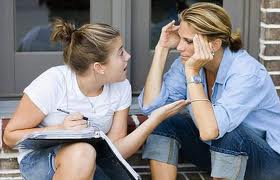A little over a year ago, I became fascinated by the Visible Learning work of John Hattie. Partly this is because his data-based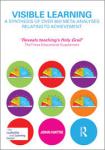 approach appealed to me. However, mostly I see this research as a way to simplify our teaching while also making meaningful improvements. He offers a way to spend less time on techniques that work only a little, and focus instead on those tactics that provide the absolute best student outcomes. Do less and get more, what isn’t to love?
approach appealed to me. However, mostly I see this research as a way to simplify our teaching while also making meaningful improvements. He offers a way to spend less time on techniques that work only a little, and focus instead on those tactics that provide the absolute best student outcomes. Do less and get more, what isn’t to love?
My past experiences help inform why I love this work: in teacher’s college and during my years as a teacher, I have been told about countless ways to teach better. All offered data as to how students using these techniques fared than those students in the control group. Some of these techniques I have embraced, some I have not. There would be no way to do them all, some techniques are mutually exclusive and the list is too long, too exhaustive. In each and every case, I believe that I have been offered people’s best ideas and that most of these have been supported by research showing that these ideas improve student learning. If you have had a similar experience, you may already be skeptical of more data-based research, or feeling inundated with all the great ideas that you need to implement.
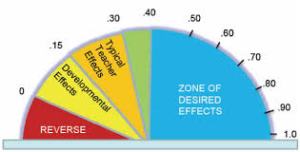 At its core, Visible Learning is a statistical analysis of almost every meta-analysis of all of these teaching methods. Hattie, the author, has looked at over 800 meta-analyses, each of which examines multiple studies. So the scope of the work is astronomically large, involving millions of students and tens of thousands of teachers. Hattie uses a statistic called “effect size” to combine and compare all of the strategies. Using this common statistic, Hattie shows us his revelation: there is a measurable cut-off point we can use to determine which strategies are effective enough to be worth using. As it turns out, almost anything improves student learning, but what improves it enough?
At its core, Visible Learning is a statistical analysis of almost every meta-analysis of all of these teaching methods. Hattie, the author, has looked at over 800 meta-analyses, each of which examines multiple studies. So the scope of the work is astronomically large, involving millions of students and tens of thousands of teachers. Hattie uses a statistic called “effect size” to combine and compare all of the strategies. Using this common statistic, Hattie shows us his revelation: there is a measurable cut-off point we can use to determine which strategies are effective enough to be worth using. As it turns out, almost anything improves student learning, but what improves it enough?
Hattie shows me that increasing my subject area knowledge will have a small effect on student learning and falls below the “cut-off” line. Nothing wrong with pursuing my subject knowledge, but I can see that if I instead use my extra time to focus on teacher-student relationships, the benefit to my students will more than double.
We don’t have to throw out everything that falls below the cut-off if we don’t want to. I can see that web-based learning is, by itself, not that helpful. However, informed by Hattie, I could choose to use the web as an aspect of teaching problem solving, a very effective thing strategy that helps with numeracy, literacy and life skills. In doing so, I weave web-based learning into something more powerful.
Looking at Visible Learning has been fascinating. It is, at times, challenging to find a favoured strategy is less effective than I thought. However, with the evidence of so very many studies, I’ve embraced that some past strategies have been helpful, but that I could be doing even better. This is a chance to discard what isn’t working well enough and to make plans around the best possible evidence-based methods. Methods that, more often than not, support the assessment goals of documents like Ontario’s Growing Success.
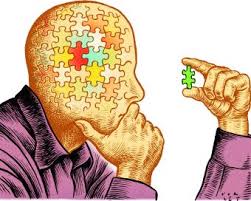
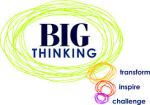
 literacy is most fettered by students struggling to make connections and use high-level thinking skills.
literacy is most fettered by students struggling to make connections and use high-level thinking skills.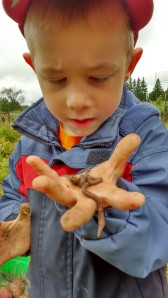
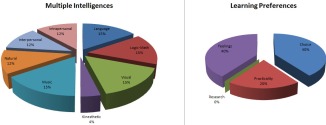

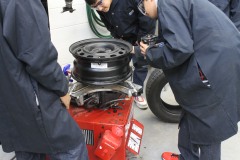
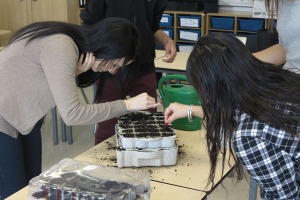 We wanted it all: beauty, biodiversity, character development and learning. That’s why I’ve been growing native flowers from seed for the last five years. With the right seeds, equipment and method, it can be very easy, very rewarding and work toward many of my most important class/school goals all at once. We’ll also be doing important work to support our local monarchs and other pollinators.
We wanted it all: beauty, biodiversity, character development and learning. That’s why I’ve been growing native flowers from seed for the last five years. With the right seeds, equipment and method, it can be very easy, very rewarding and work toward many of my most important class/school goals all at once. We’ll also be doing important work to support our local monarchs and other pollinators.

